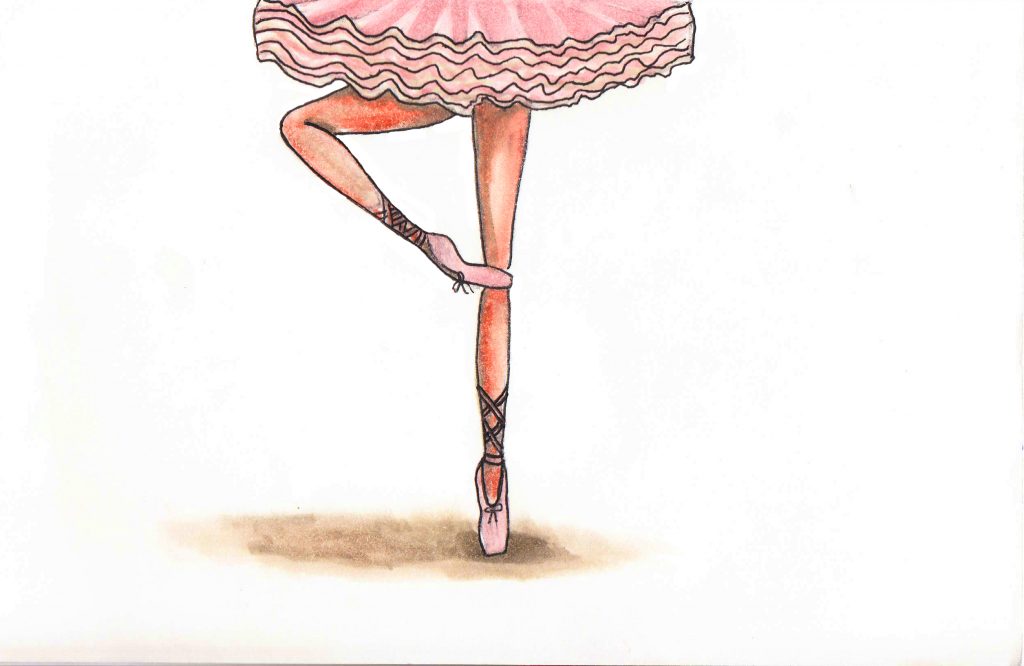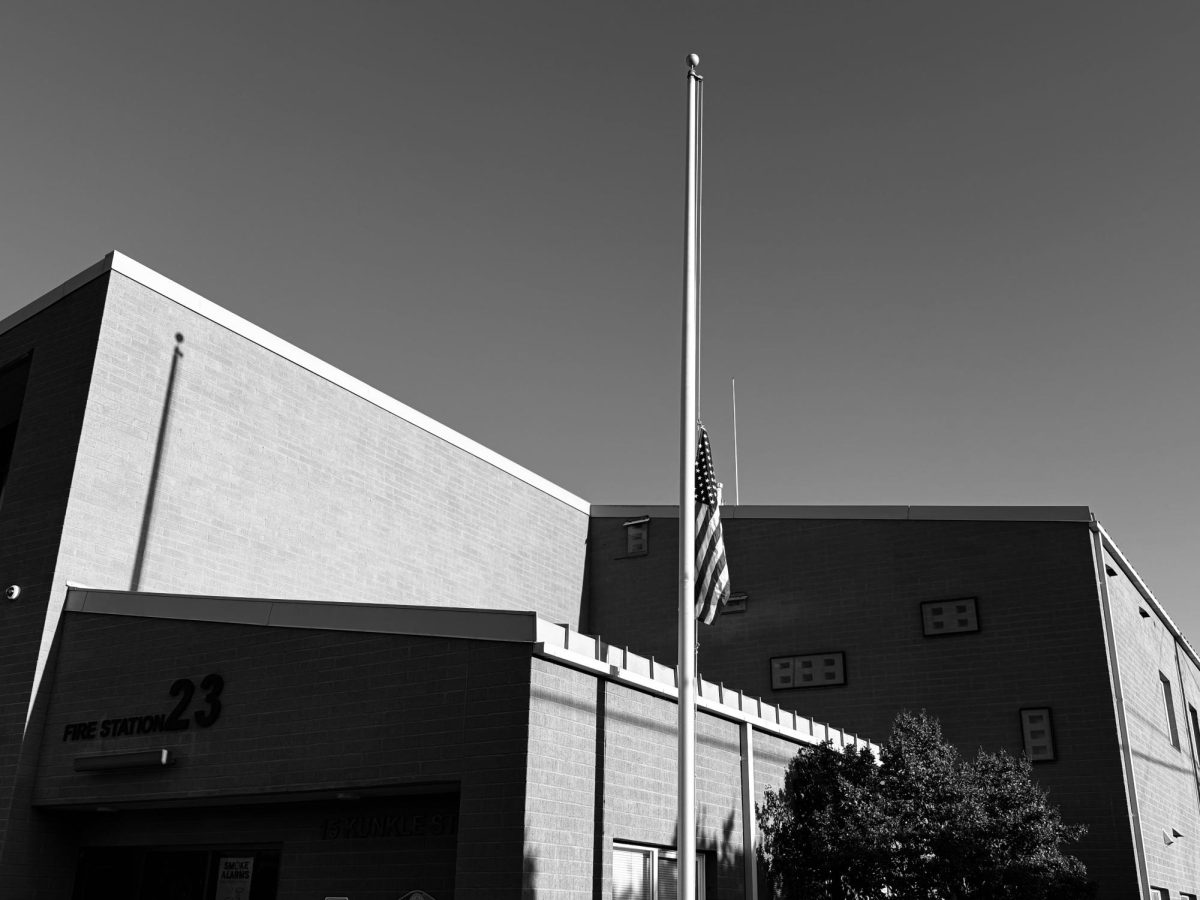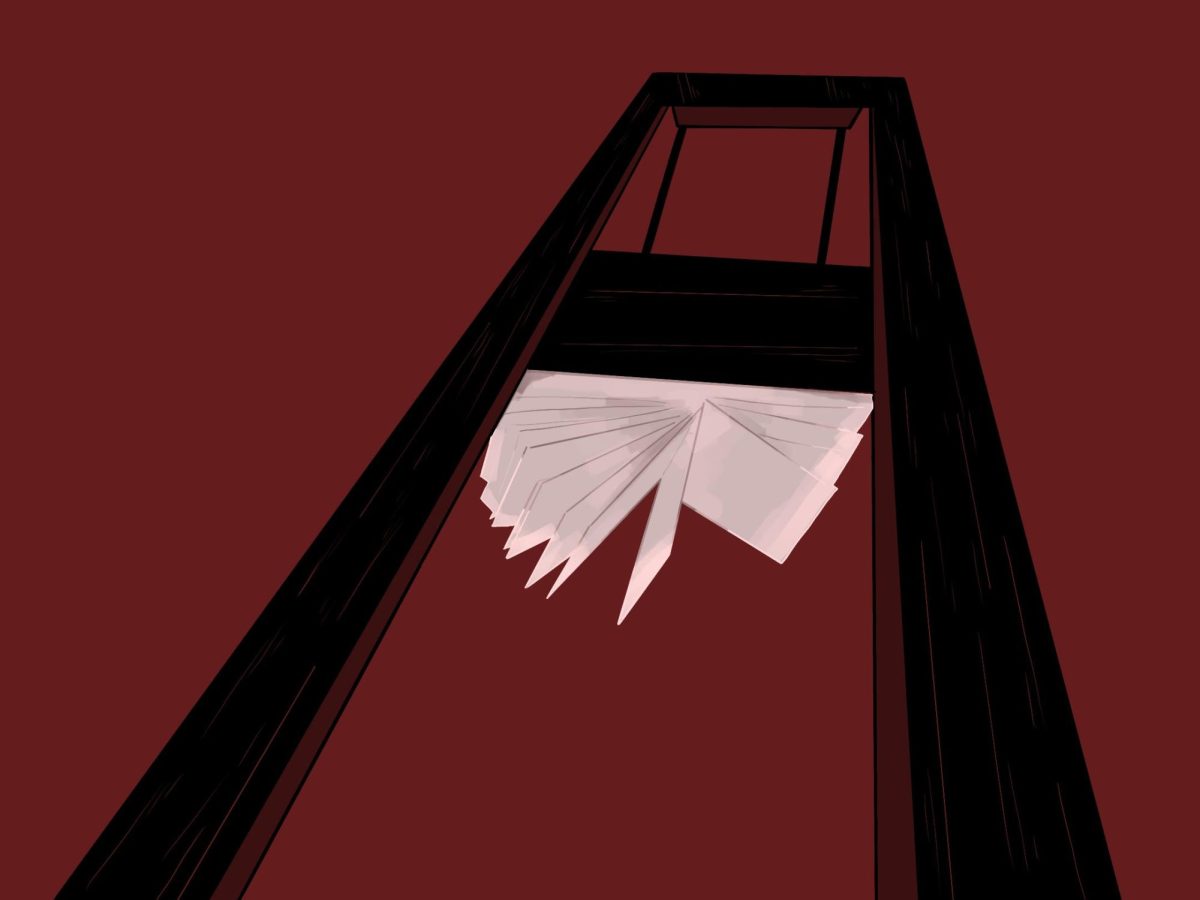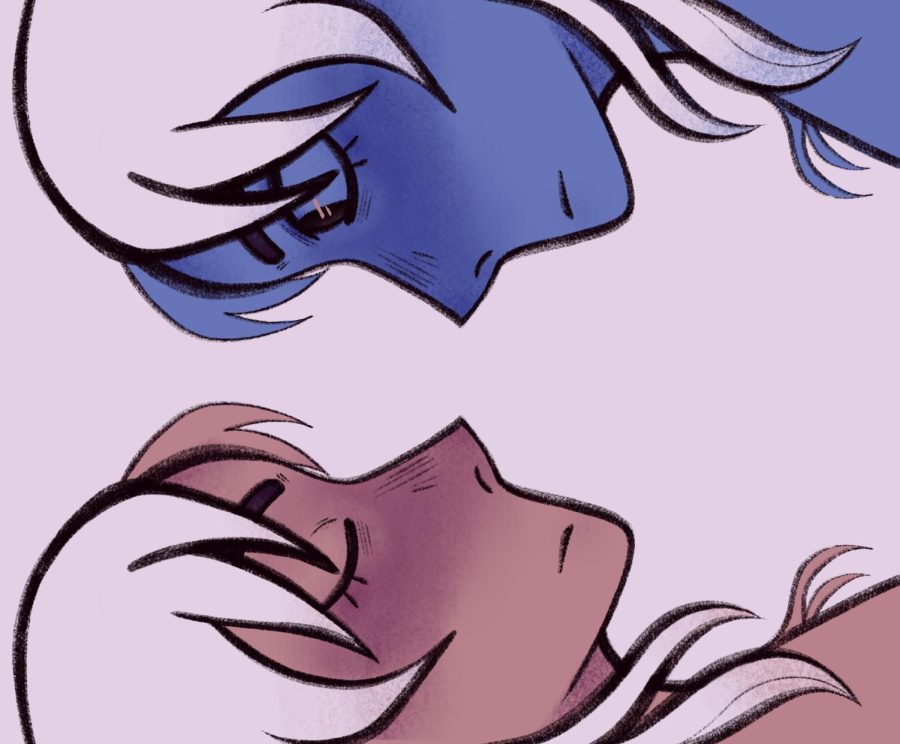
Ah, ballet. To onlookers, ballet is a world filled with frilly tutus, pink leotards, beauty, grace, and sparkles. Unlike this common belief, ballet is not always being a fairy princess.
To the dancer, however, ballet is a world of blisters, expensive (and smelly) pointe shoes, strength, discipline, hours upon hours of dedication, and aching muscles.
The very definition of ballet is that it is “an artistic dance form performed to music using precise and highly formalized set steps and gestures.”
What is often overlooked is how this art form is reached. Depending on the level of dedication, and the dance studio, the amount of hours a young dancer dances per week varies.
If you were to train at The Rock School for Dance Education, and are in their level six (which is the highest level), you would be dancing around 18 hours a week. This is for the dancer who is more serious about their dancing, but not every dancer is completely serious about their dancing, and may just be doing it recreationally. At Ballet Academy Ventura, their levels 5C/6 dance around 8 hours a week.
By the time you get to high school, if you have been dancing beforehand, this is usually the time where you either keep dancing and giving it complete dedication, or you decide that dance is just not for you. High school already takes up most of your time with homework, and if you prefer having plenty of time for homework, or even having free time, then ballet would not be helping you achieve either of those. There are some people, though, who choose to dance throughout high school while not pursuing it as a career during or after college.
To obtain the graceful, seemingly effortless art of ballet, you need years of training. Dancers hone their skills with technique classes (classes where they work on basic technique) and strengthening their muscles, which also varies from studio to studio. At the studio where I currently dance, we do Pilates, a “system of exercises using special apparatus, designed to improve physical strength, flexibility, and posture, and enhance mental awareness.” In other words, it’s very intense yoga.
In an average, 90 minute ballet class, if you weigh 115 pounds, you burn around 394.35 calories. If you were 115 pounds and took a 90 minute Pilates class, you would burn 246.47 calories (and gain a lot of muscle after a couple of weeks). Combinations specialize on different aspects of ballet: an adagio can help a dancer work on his/her sense of line, balance, and fluidity, while the petite allégro showcases small, fast jumps and movements and the grand allégro has dancer jumping and traveling across the floor.
When people see ballet in action, it is usually during a performance, and what they see is a stage full of graceful dancers who seem to defy gravity, turn for days, and hop around on their toes. The time that goes into these performances is truly incredible, along with what the dancers have to endure.
You will never hear a ballet dancer say she loves how her feet feel after being en pointe. Pointe shoes are made of multiple layers of hardened glue and fabric, covered in satin. These shoes are what support dancers when they are on their toes. The cost for a pair of pointe shoes can range anywhere between $25-$100. A more realistic description of pointe shoes: very hard shoes that are slippery, help hold your body weight on your big toes, and are very expensive.
Ballet demands hours of dedication, pain tolerance, endurance, and thick skin. You need to be able to make the distinction between mean comments and corrections, and not take corrections personally. In the ballet world, there is a philosophy that “there is always someone better than you.”
This phrase is not meant to break the self-esteem of dancers, but to tell them not to become arrogant and to always work hard. There is always something to improve on, and you should always be working hard, putting 100 percent into everything you do.
While the ballet world may have tutus, sparkles, and effortless grace on the surface, there is so much more that goes into the art.














